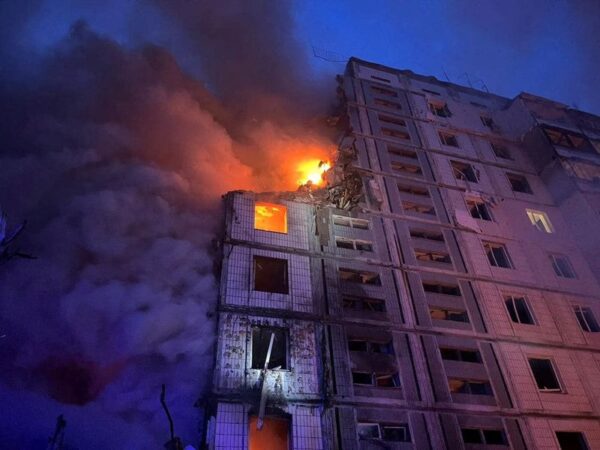Hurricane Ida pummelled through a minimum of four states within the northeast us over the past day, triggering torrential rains and flash floods that caught in a frenzy cars, submerged subway lines, and grounded airline flights from Virginia to New England . While it’s difficult to zero in on a particular price , given the extent of the damages, most of the international news agencies reporting on the incident concur that a minimum of 44 people have died so fa, including 13 in ny City, while many are still unaccounted for. Large swaths of the affected regions still remain waterlogged as officials struggle to supply a particular rundown of things .
Hurricane Ida, one among the foremost powerful hurricanes ever to strike the US Gulf Coast , made landfall on Sunday in Louisiana, destroying entire communities.
Here are the newest updates on the flash flood situation, triggered by Hurricane Ida, within the United States:
1. a minimum of 23 from New Jersey have perished within the massive flooding, consistent with the state’s governor Phil Murphy. A victim at the Maplewood Township in New Jersey was caught in a frenzy by the flash floods while he was apparently trying to get rid of debris from storm drains within the area, the police said.
2. a minimum of 13 people have lost their lives to Ida’s remnant flooding in ny City, as per the Reuters press agency . Three of them were found dead during a basement at a borough in Queens, while four residents of Elizabeth, New Jersey, died at a housing project complex flooded by 8 feet (2.4m) of water.
3. CNN estimates that the price from flooding had risen to 46, highlighting that “dozens” have died in a minimum of six Eastern States — Connecticut, Maryland, New Jersey, New York, Pennsylvania, and Virginia — after the storm brought unprecedented rainfall to some areas. Deaths have also been reported from suburban Westchester County.
4. Subway service in ny City remained “extremely limited,” transit officials said, and commuter rail services to the suburbs were largely suspended. About 370 flights were canceled at New Jersey’s Newark Liberty Airport.
5. Emergencies were declared for brand spanking new York state, ny City, and New Jersey. The governors of the respective states have urged residents to remain home as crews worked to clear roadways and restore service to subways and commuter rail lines serving many residents. In ny City alone, emergency responders have rescued many people from vehicles on flooded roads and many others from the submerged subway lines.
6. Roadways were transformed into river-like torrents in minutes because the downpours struck on Wednesday night, trapping drivers in quickly rising floodwaters. In ny , nearly 500 vehicles were abandoned on flooded highways, garbage bobbed in streaming streets, and water cascaded into the city’s subway tunnels, trapping a minimum of 17 trains and disrupting service all day.
7. Meanwhile, the National Weather Service said that two “tree-snapping tornadoes” struck Maryland on Wednesday, one in Annapolis and another in Baltimore. A 19-year-old was reported to possess died after trying to rescue his mother from a flooded apartment in Rockville, reported the Washington Post.
8. Hurricane Ida also made its presence felt in Philadelphia, where four people died as a results of the storm. A Connecticut state sergeant , Brian Mohl, perished after his cruiser was caught in a frenzy . Another death was reported in Maryland.
9. Officials said a minimum of five people died in Pennsylvania, including one killed by a falling tree and another who drowned in his car after helping his wife to flee . In Conshohocken, Pennsylvania, outside Philadelphia, the Schuylkill River inundated hotels, warehouses, and condominiums that line the river. Emergency squads were reported to be expecting the waters to recede before starting evacuations of possibly many people that sleep in nearby apartments.
10. Hurricane Ida’s soggy remnants merged with a storm front and soaked the Interstate 95 corridor, meteorologists said. Similar weather has followed hurricanes before, but experts said it had been slightly exacerbated by global climate change — warmer air holds more rain — and concrete settings, where expansive pavement prevents water from seeping into the bottom .







